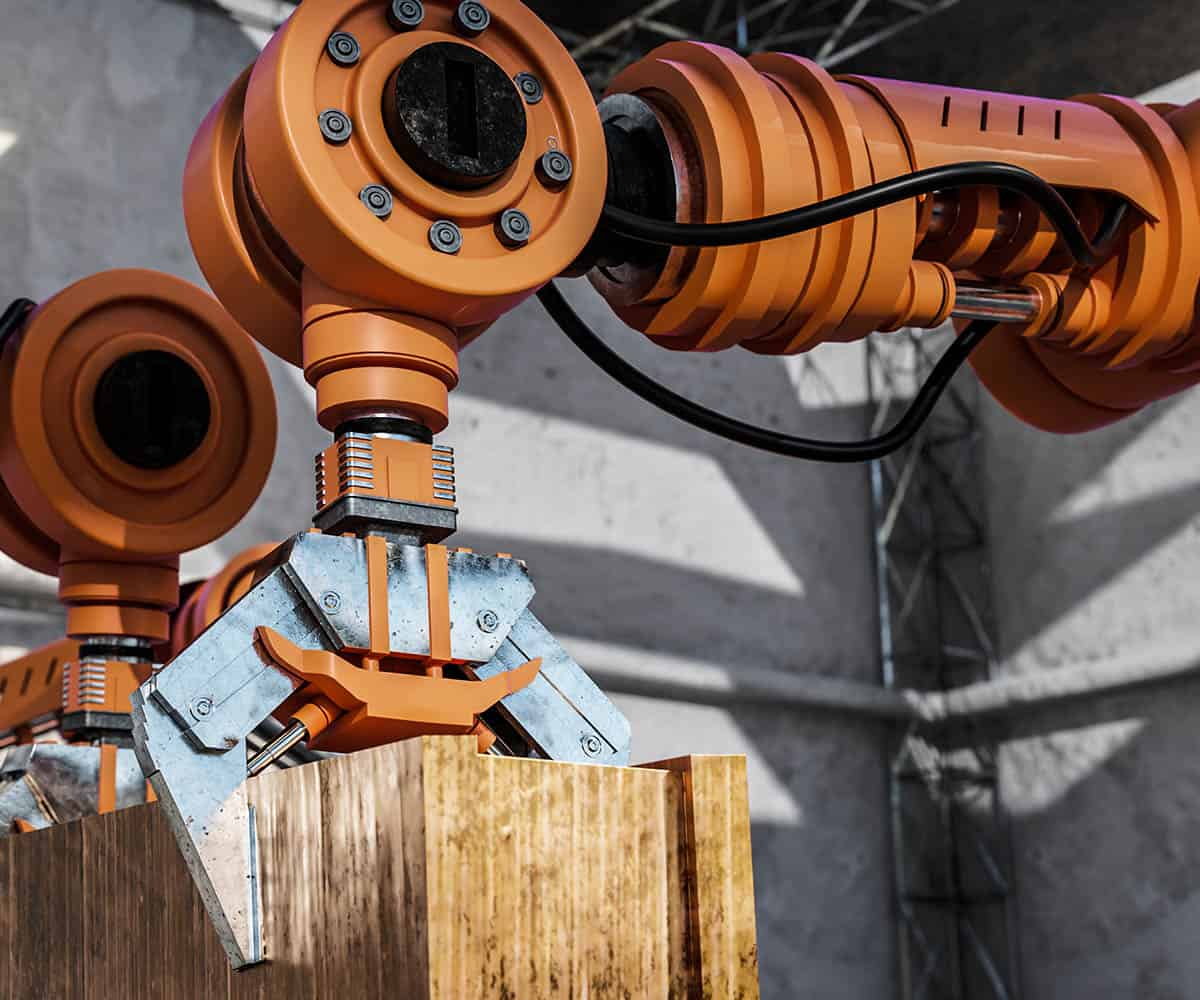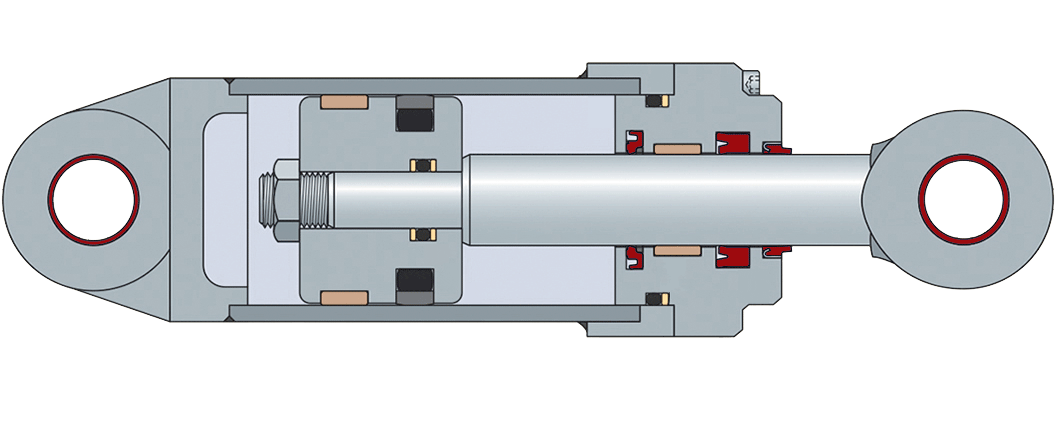Guide to the world of hydraulic sealing I.

Hydraulics and hydraulic seals. Although it may not be obvious at first glance, with machines and equipment using hydraulic principles
we meet every day. Construction and mining machinery, hydraulic presses, handling, agricultural or forestry equipment.
These are just a few examples of the many industries where hydraulic equipment has found applications.
The basic knowledge of hydrodynamics has been known and used by mankind since ancient times, when, for example, in the times of ancient Greece, these principles were used for the construction of aqueducts and water distribution systems. The law of hydraulics then in 17. century was defined by mathematician and physicist Blaise Pascal.
Since then, Pascal’s law has become a fundamental physical principle for the design of hydraulic equipment.
The basic building block of hydraulic systems is the hydraulic cylinder.
The hydraulic seal is an indispensable component in this as well as in other hydraulic equipment.
In this series of articles we would like to introduce you to the specifics and requirements of these important components, on the correct selection, quality and precise design of which depends the functionality and durability of the entire hydraulic system.
Hydraulic cylinder and seals – basic principle

The inner space of the hydraulic cylinder is divided into two separate chambers by a piston. By increasing the pressure of the fluid inside one of the chambers, the piston moves and extends. According to the type of movement of the base, we distinguish between single-acting cylinders (the piston is pushed/pulled by the pressure in one direction only, it is returned by means of a spring) and double-acting cylinders (the pressure can be regulated in both chambers and the piston can thus move in both directions).
Therefore, to ensure proper function, it is essential that no fluid leakage occurs, resulting in loss of pressure and functionality.
The two chambers of the cylinder must therefore be perfectly separated from each other, including, of course, during the sliding motion that the piston performs.
For this purpose, a number of types of seals and sealing elements are used. Their purpose is to separate the individual pressure chambers in the cylinder and thus ensure proper function while maintaining the working pressure. Different applications and uses place different demands on the seals. A number of parameters and operating conditions must therefore be taken into account when selecting suitable sealing elements.
The basic influences and parameters that affect the selection of seals are discussed in the following article.